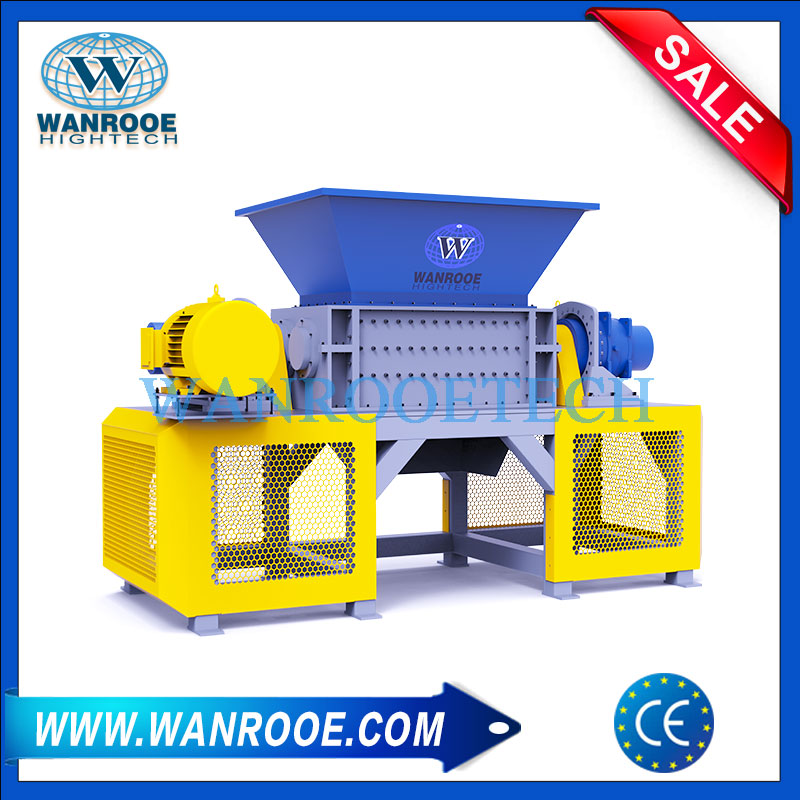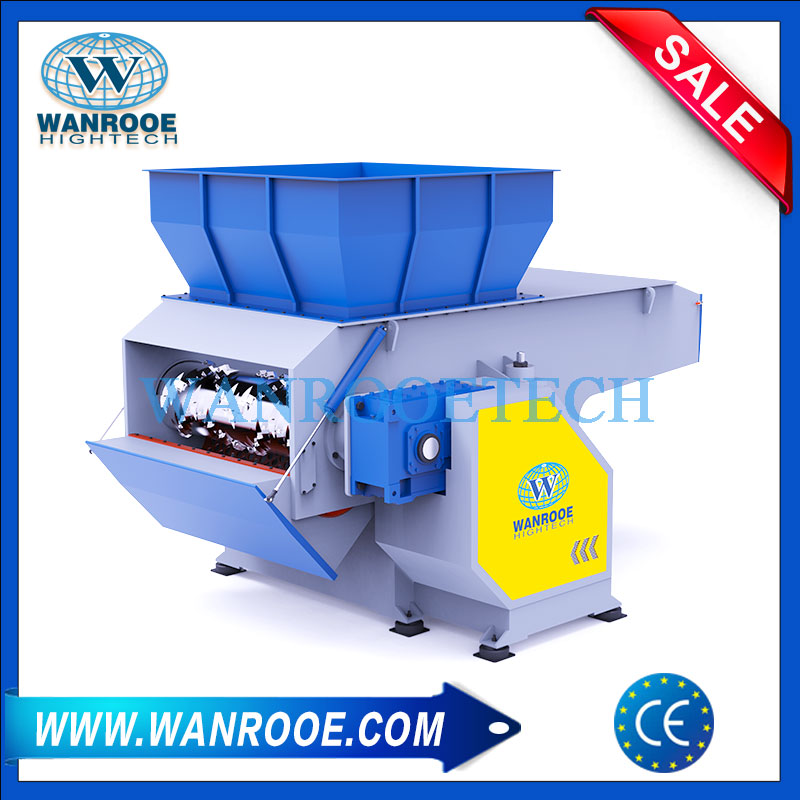RDF Processing Plant
Refuse Derived Fuel (RDF) Processing Plant
A Refuse Derived Fuel (RDF) processing plant transforms sorted and collected flammable refuse (including house hold waste and plastics) into valuable solid fuel with a heat value of 16 to 20 MJ/kg.
The refuse is subjected to the processes of foreign substance removal, crushing, drying, mixing with slaked lime, and finally formed into solid fuel, RDF. The process is able to handle high-moisture refuse. RDF is easy to transport and store.
The RDF is suitable for a wide range of applications, including an energy source for air conditioning of public facilities and fuel for power generation and cement production.

What is Refuse Derived Fuel (RDF)?
Refuse Derived Fuel (RDF) is a fuel produced from unrecoverable materials of municipal solid waste (MSW). It is largely made up of combustible components of municipal waste such as plastics and biodegradable wastes that are processed to obtain a product with a high calorific value. RDF is a great substitute for fossil fuels like coal or oil. It is used worldwide to produce electricity by burning it alongside traditional sources of fuel in coal power stations. It can also be used in the cement kiln industry or other co-incineration plants.
Use of RDF benefits the environment by greatly reducing the emission of CO2 from the burning of fossil fuels. Without this energy recovery technology, non-recyclable refuse would simply end up in landfill or get incinerated, with a negative impact on the environment.
RDF Recycling Plant Applications
From Waste to Energy
Used tires
Bulky waste
MSW (Municipal solid waste)
Industrial waste (textile, carpet, fabric)
Commercial waste (e.g., scrap plastic, wood, paper)
RDF Recycling Plant Specs
Hourly output: 500-10000kg
Power consumption: 100-1000kWh
Caloric value: 7-13MJ/kg
Output size: 50-100mm
Output type: Shredded particles or briquettes
RDF Recycling Processing Plant Features
An RDF recycling processing plant consumes solid waste and generates RDF(Refuse-derived fuel) or SRF(Solid Recovered Fuel) or TDF(Tire-derived fuel).
The RDF(refuse-derived fuel) mainly consists of combustible components, with the non-combustible components removed during processing, and this fuel can then be incinerated to produce heat energy. Diverting waste from landfill and creating alternative energy for fossil fuels.
RDF Manufacturing Process (How is RDF produced?)
The RDF production process is various based on the composition of the infeed materials. The following are the major steps of an RDF recycling processing machine producing RDF alternative energy.
1. Sorting
2. Coarse Shredding
3. Magnetic Separation
4. Air Classifier
5. Fine Shredding
6. Briquetting
The RDF Processing Plant comes with dust filtration and air circulation as the RDF production generates excessive odour and dust.
Coarse Shredding (RDF Shredder)
RDF Shredding delivers by a twin shaft shredder or a pre-shredder. They share a similarity: extremely high torque and low speed. The goal of this step is split-opening waste in bags and destroying the exterior of the waste. Most of the waste is downsized and disintegrated to 100mm by 100mm (4 inches by 4 inches) at the end of this process.
If the infeed materials contain excessive bags or bales, prior to twin-shaft shredder, a pre-shredder is required for the early treatment in a RDF Processing Plant.

Magnetic Separation
Multiple 2500Gs+ magnetic separators operate throughout the system. Metals are typical by-products and shall be sorted out as early as possible. The absence of metal contaminants will prolong the overall machine service life.
2 overband metal separators are immediately used after coarse shredding (RDF Shredder).
Air Classifier (Air Blade)
Plastic, wood, paper, cardboard, foam and textile that contain high caloric value are usually light weighted. That is why RDF Production Plant needs air classifier to keep away heavy items like concretes and scrap metals, bringing up a high caloric value.
Fine Shredding
The goal is to achieve 50mm by 50mm (2 inches by 2 inches). From 100mm to 50mm, it is essential before briquetting and for final RDF quality. The particles are pre-shredded by a high-speed and wide-chamber single shaft shredder (RDF Crusher). Inside the shredder, a rotor up to 3 meters long maximizes the shredding area.

The hex screen combined with multiple rotor blades on the rotor ensures homogeneous particle sizes and stable capacity. The front doors are easy to access for the removal of tramp materials.
Refuse derive fuel shredder RDF single shaft shredder
In some cases where the infeed materials are homogeneous and not challenging, a PNDS series shredder with a hydraulic pusher is sufficient to produce RDF.
Briquetting
In RDF Processing Plant, the briquetting machine converts RDF into uniformly shaped briquettes that are easy to use, transport and store. Most importantly, the RDF cudes are densified and thus increase caloric value/volume.
Before and After
Once the RDF processing plant is finished, Wanrooetech tests it with municipal solid waste (MSW) and commercial and industrial (C&I) waste to show capability and output. As an RDF recycling equipment supplier, we're dedicated to a zero waste to landfill approach, as well as using our state-of-the-art RDF Processing Machine to extract energy from processed waste.
RDF Production Plant:
| RDF Production Before Briquetting | RDF Briquettes dia. 50mm |
 |  |
| After Fine Shredding (by RDF Single Shaft Shredder) | RDF Briquettes dia. 60mm |
 |  |
In order to better provide you with a professional answer, when sending an inquiry, please describe your parameters or technical requirements (such as processing materials, output size, capacity, etc.), we will reply to you as soon as possible!













